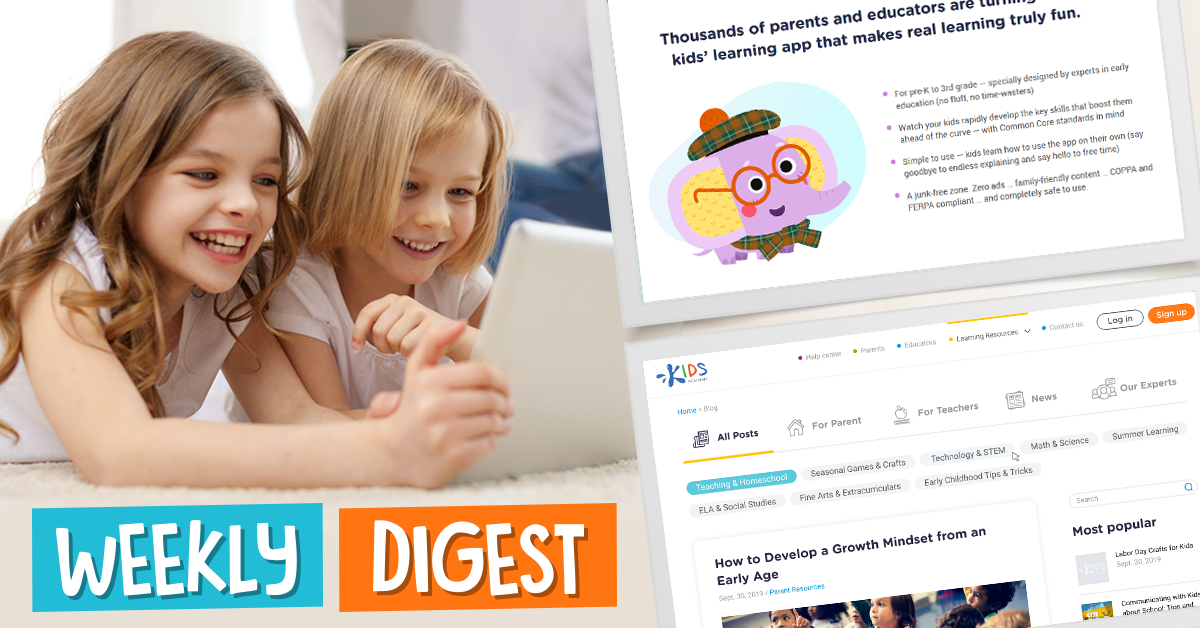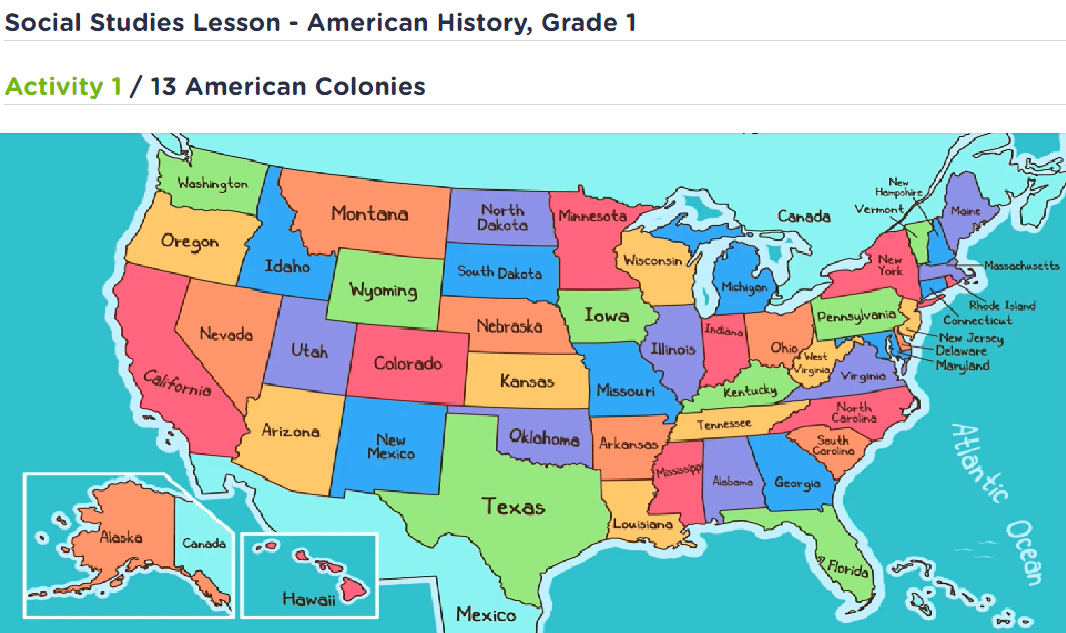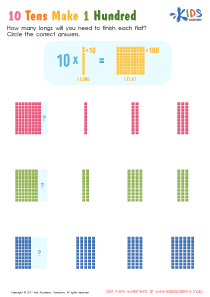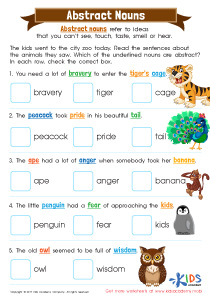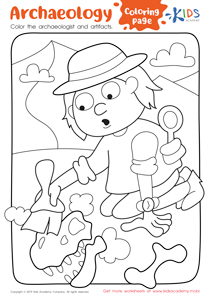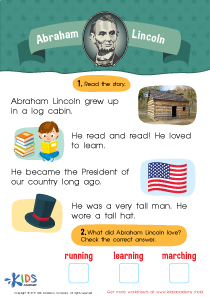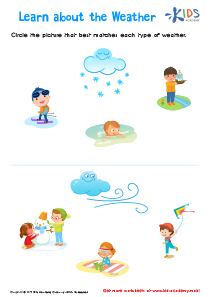Normal Building Vocabulary worksheets activities for Ages 8-9
1 filtered results
-
From - To
Engage and Elevate with Our Normal Building Vocabulary Worksheets Activities
Unlock the door to a world of words with our specially designed Normal Building Vocabulary Worksheets Activities! Perfect for educators and learners alike, these activities are crafted to enhance vocabulary through engaging and interactive methods. Dive into a range of exercises that promise to enrich your language skills, making every word an adventure. Whether for classroom use or self-study, our worksheets offer a structured path to a greater command of language. Embrace the joy of learning and elevate your vocabulary to new heights. Start building a foundation of words today with our Normal Building Vocabulary Worksheets Activities!
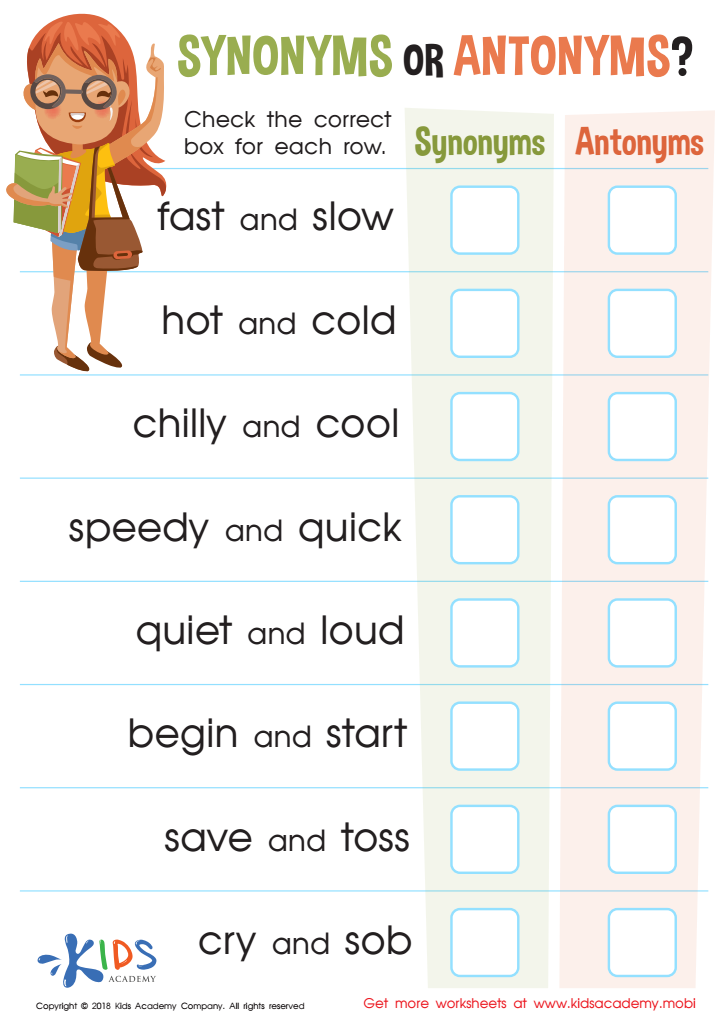

Synonyms or Antonyms: Assessment Worksheet
Normal Building Vocabulary worksheets activities serve as a cornerstone in the realm of language acquisition and expansion, offering learners a structured and effective method to enhance their vocabulary. These activities are not just about memorizing new words, but they are about understanding the context, nuances, and applications of those words. Here are several reasons why these activities are particularly useful.
Firstly, Normal Building Vocabulary worksheets are designed to cater to different learning styles. Whether a student learns best through visual aids, through writing, or through contextual examples, these worksheets offer a variety of activities to meet diverse needs. This adaptability ensures that learners can engage with new vocabulary in a way that best suits their personal learning preferences.
Secondly, consistency is key in vocabulary acquisition, and these worksheets facilitate consistent practice. Regular exposure to new words, their meanings, synonyms, antonyms, and usage in sentences helps in solidifying one’s grasp over them. This repetitive exposure ensures that learners not only memorize words but also understand their practical applications.
Moreover, these worksheets activities promote active learning. Instead of passively reading or listening to new words, learners are actively involved in exercises such as fill-in-the-blanks, matching words to their meanings, and creating their own sentences. This active engagement significantly enhances retention and recall.
Another vital aspect is that Normal Building Vocabulary worksheets can be tailored to different levels of proficiency. Whether a beginner looking to lay a strong foundation or an advanced learner aiming to polish their vocabulary, these activities can be customized to suit individual learning objectives. This flexibility makes them a valuable tool for learners at various stages of their language learning journey.
Lastly, these worksheets provide immediate feedback, allowing learners to identify areas of strength and those needing improvement. This immediate assessment helps in setting realistic goals and steadily progressing towards achieving them.
In essence, Normal Building Vocabulary worksheets activities offer a comprehensive, adaptable, and effective approach to vocabulary building that caters to the diverse needs of learners, making them an indispensable tool in language education.
 Assign to the classroom
Assign to the classroom

